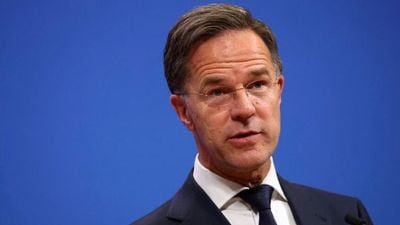‘India still counts for half of world’s leprosy patients’
International Leprosy Association expresses worry, 17th world leprosy congress in Hyderabad next year

Leprosy, a disease with its socio-economic implications, has been eliminated significantly in the country as well as abroad. “But India’s share of the global burden is still close to 50 per cent,” said Dr S K Noordeen, president of the International Leprosy Association, here today.
The Association is going to host the 17th International Leprosy Congress in Hyderabad in January next year. “We had started a public health programme in 1955 itself but it was only 1983 onwards that the real change came with the introduction of Multiple Drug Treatment (MDT). It was then that we could even think of eradicating the disease and the National Leprosy Eradication Programme started.
And from a rate of 24 per 10,000 people in 1992, we have achieved the figure of 0.83 per 10,000,’’ said Dr G P S Dhillon, Deputy Director General (Leprosy division), Ministry of Health and Family Welfare, Government of India.
The highest number of leprosy cases have been found in states of Chhattisgarh, Goa, Jharkhand, Uttar Pradesh, West Bengal and UT Chandigarh.
The MDT, which brought about a revolution in the treatment of leprosy, was developed by Noordeen and his team when he joined the World Health Organisation in 1979. The MDT is now the most commonly used treatment and was provided free to leprosy patients all over the world earlier by NGO Nippon Foundation and now by pharmaceutical company Novartis.
“Though we have been able to bring down the number of leprosy cases with he help of strong national commitment and contribution by international NGOs and WHO, there is still much to do. At least, the first fear of communicability of the disease has gone with the introduction of the MDT,’’ said Noordeen.
Health officials say leprosy was eliminated as a public health problem in 2005 but since the incubation period of the disease is longer and residual disability keeps on coming back, complete eradication will take some time.





- 01
- 02
- 03
- 04
- 05


























